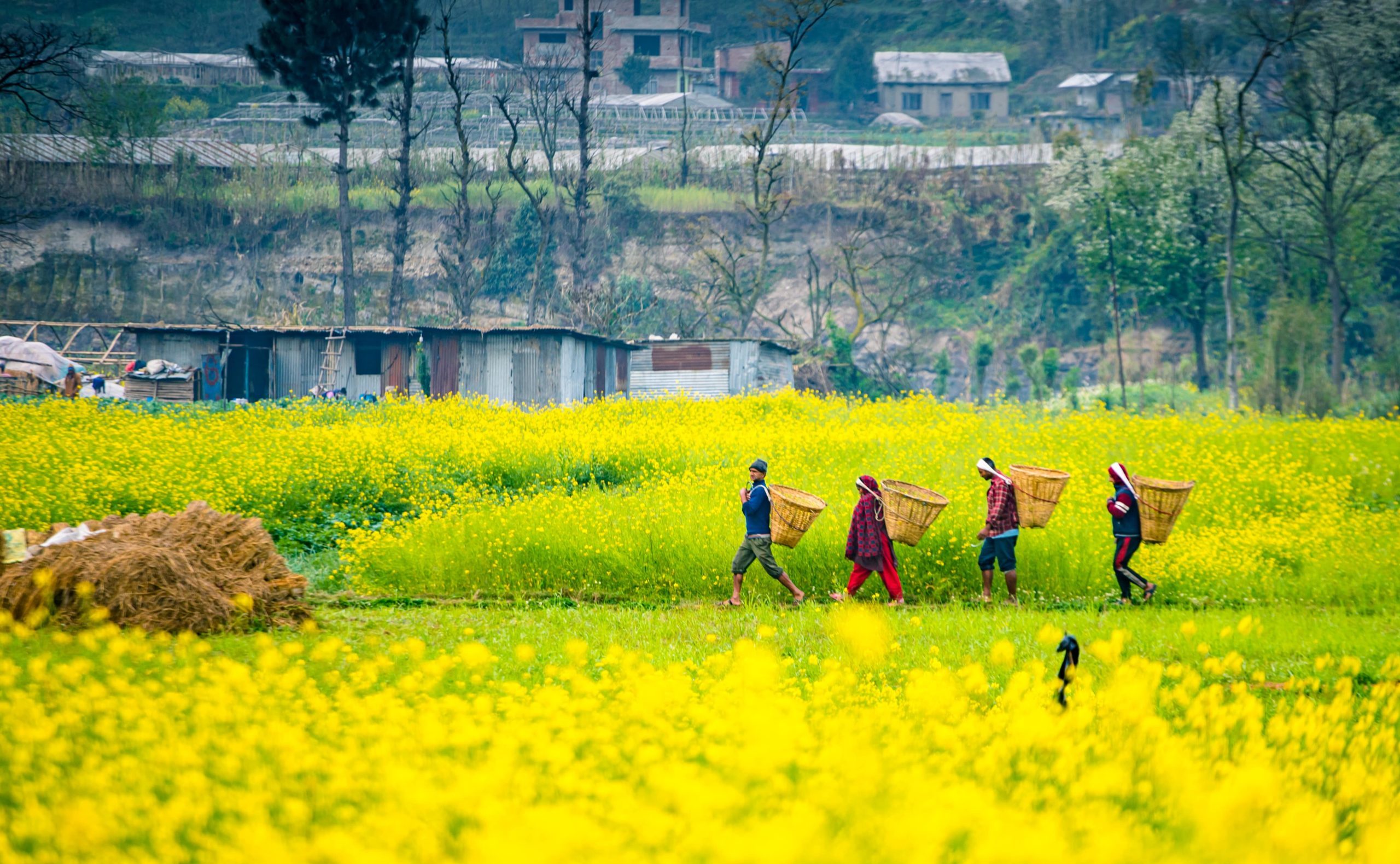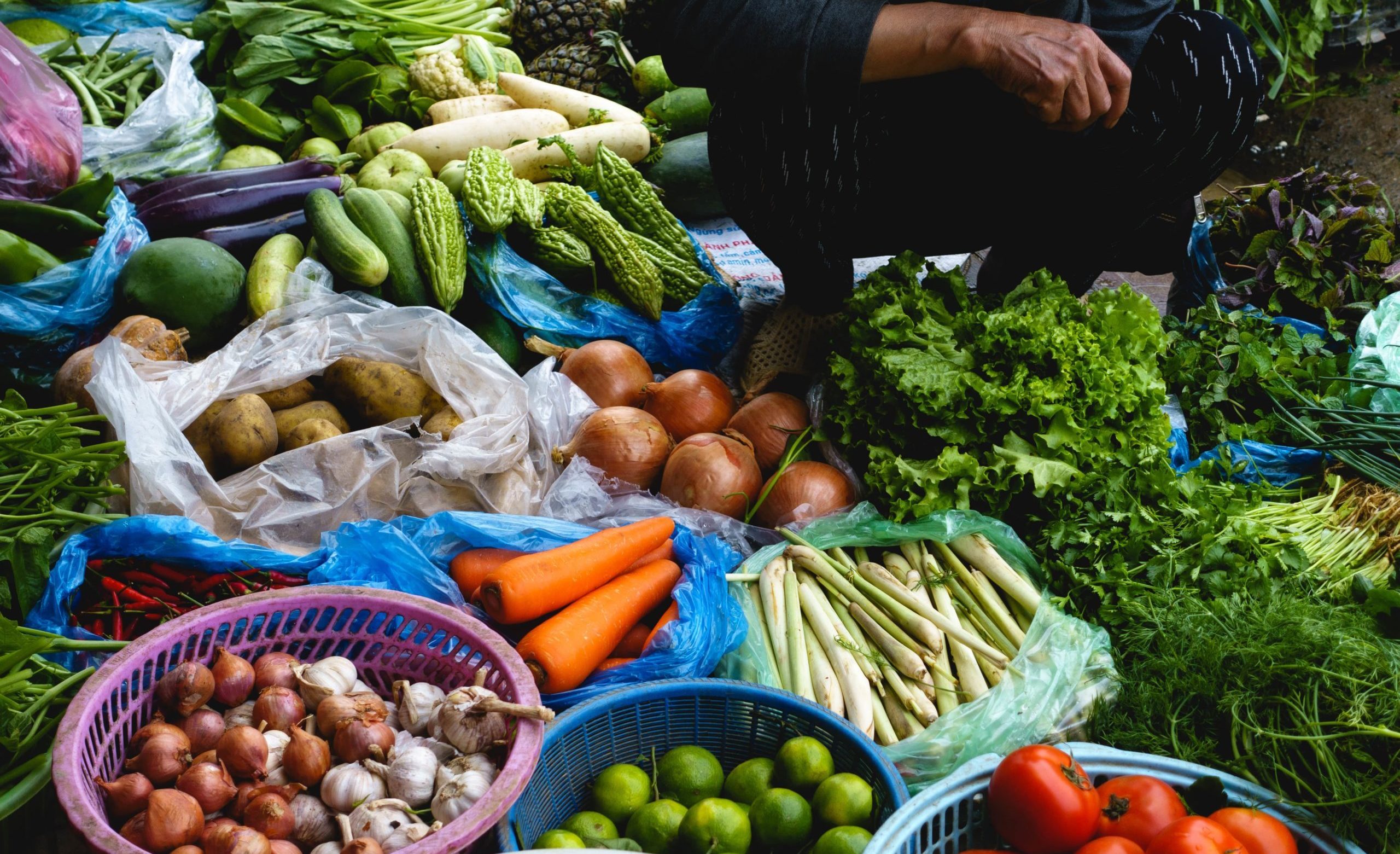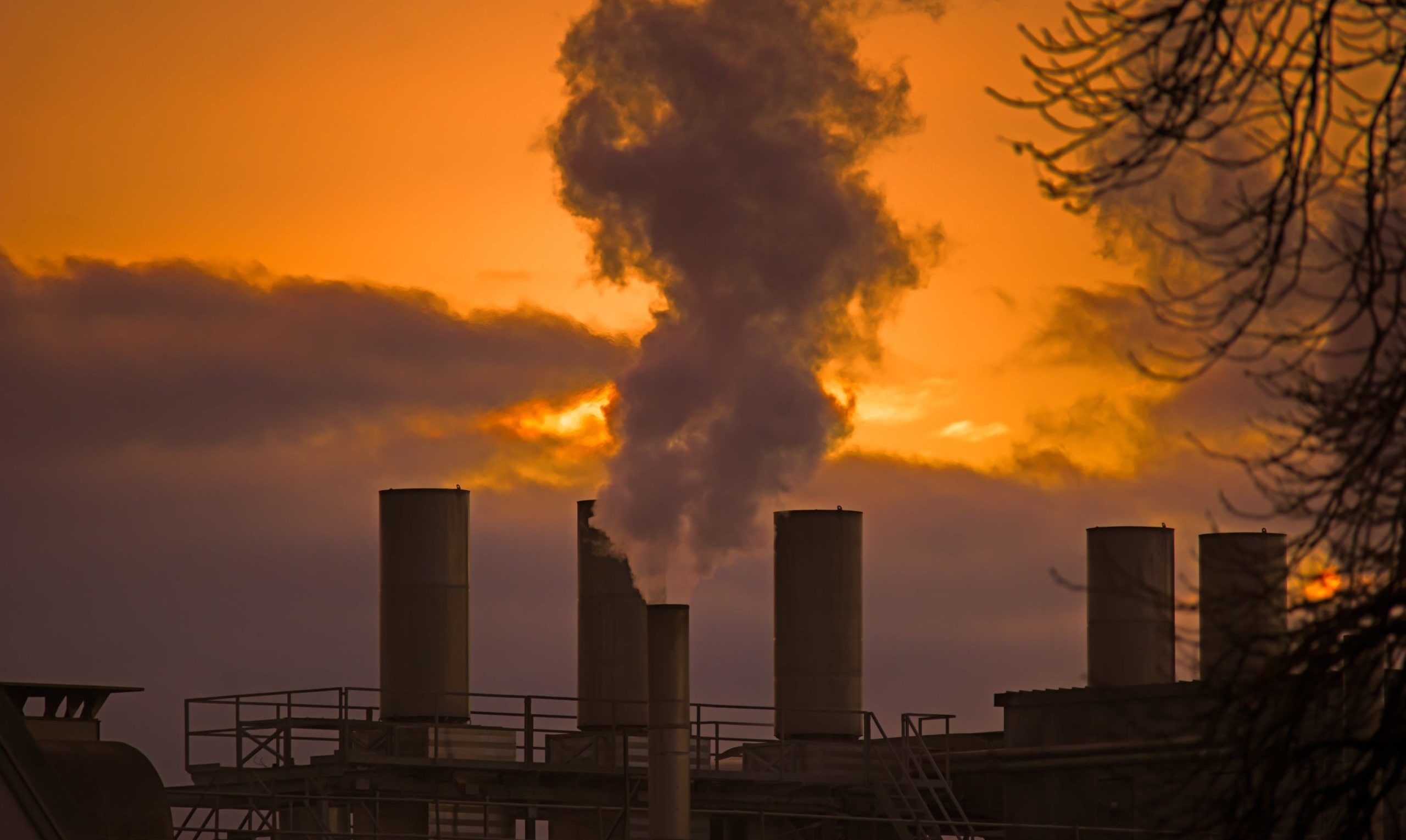FAWH Program on Food Security (F), Air and Clean Energy (A), Water Security (W) and Health (H) Sensitization (2020-25)
Suggestions from the Governing Council of Future Earth South Asia have been incorporated into the Future Earth program and the South Asia Regional Office is developing a Five-year Knowledge to Action Program (2020-2025) to tackle issues related to Food Insecurity, Water Insecurity and Air Pollution in South Asia. A Health Sensitization Program will also be put in place by engaging with the member countries to address the sustainability problems. The program will focus on 2030 SDG targets and linkages, and on the Paris Agreement’s 2-degree C Climate Targets. Some of the outcomes of this program will include policy briefs and deliberation at various administrative levels, public forums and legislatures in South Asia (a regional/country-wise approach).
A Working Document is being prepared by over 32 researchers in Divecha Centre for Climate Change, along with a few external contributors. This document comprises reviews of the current status and major issues related to the four themes—food security, clean air and energy, water security and health sensitization—in the Future Earth South Asia countries.
Further details about the program will be continually updated on the website.
Food Security
Sustainability of agriculture is an area of tremendous importance for food security as the very existence of life depends on it. There are many threats to the food security systems in South Asia. Climate Change impacts such as increasing CO2 levels, increased global temperatures, water scarcity, extreme weather conditions like floods, heavy rainfall, and droughts have already shown to cause stagnancy in staple food crops in South Asia. The decline in food produce is further aggravated due to plant diseases, increased pest attacks, lack of better post-harvest technologies, migration of labor and reduced employment opportunities in agriculture, volatility in prices, farmers distress due to lack of awareness in recent technologies. There is also a ripple effect on the livestock who rely on the same plant resources as humans to eat, grow and produce milk or meat and fish populations are also threatened by climate extremes. There is a need to overcome the challenges, which could cause food insecurity in these nations.
Focus needs to be shifted from the highly water intensive crops such as rice, wheat and sugarcane to other crop varieties. More emphasis needs to be given to the local food crops in each of the South Asian countries to increase the food platter. Climate change can cause adverse effects on the nutritional value of food. Integrated approaches to agriculture need to be improved and expanded. Improvements in the supply of food to different regions, which do not have access to nutritious food, need to be given more emphasis. Improvements need to be carried out in agricultural insurance, in financing support and agriculture investments. Emphasis on preventing food wastage and ensuring post-harvest technologies and re-processing food into value added products would be needed. Digital technologies, which not only include satellite imaging, sensors, drones, but also Block chain-based solutions, mobile applications etc. to obtain real time information on crops need to be adopted.




Clean Air and Energy
On average about 70% of the population of countries covered by Future Earth South Asia are exposed to air pollution levels exceeding the World Health Organization Interim-1 target. While island nations experience comparatively better air quality, the countries of mainland South Asia have been consistently lagging in this aspect. Adverse effects of exposures to high levels of pollution have been observed not only with respect to high mortality and morbidity, but also in terms of the economic costs that can be quite substantial. The primary sources of air pollution in this region are from biofuel and biomass burning, transport, power generation, industrial activities, and from soil dust emanating from degraded land. There has been a decreasing trend in share of mortality due to indoor air pollution in all these countries, while the share of mortality owing to outdoor air pollution has been rising.
Actions can be taken to tackle air pollution while taking account of regional diversity in pollution sources as well as varied economic situations and priorities. Since air pollution is a trans-boundary problem, regional co-operation is essential to arrive at solutions that will have a measurable and lasting impact. At the individual urban scale, steps to curb air pollution should be firmly based on source apportionment studies that would inform area-specific reduction measures. At the regional-level, there are common themes across countries, and tackling two important sources of air pollution will be important for almost all the countries examined here. The first is transitioning to higher Euro emission standards for vehicles, which will contribute to a significant improvement in urban air quality across countries. The second is transitioning out of biofuels used to employing clean fuels for household purposes, which has the potential to give rise to a significant reduction in mortality associated with indoor air pollution exposure.
Water Security
South Asia is the most populous part of the globe and water security here is at the center of the sustainable development goals for the human kind. Changing quantity, quality and variable distribution of water resources determines the water security of a nation. Over zest exploitation of surface and groundwater resources, starting from the time of green revolution has driven India and Pakistan, to water stressed status. Extensive use of chemical fertilizers, insecticides and pesticides in the agricultural sector has affected surface as well as groundwater in all south Asian countries. Water pollution is heightened by natural (geogenic) contaminants. Millions of people living in the Indus, Ganga and Brahmaputra plains in India, Pakistan and Bangladesh and Terai region of Nepal are getting affected by arsenic contaminated groundwater. Arsenic contamination is also reported from Ayeyarwaddy plains of Myanmar. Fluoride rich groundwater in the arid regions of India and Sri Lanka, is affecting millions with dental and skeletal fluorosis. In recent years, uranium contamination of groundwater has been noted in many states of India. Rapid industrial growth and urbanization, particularly in India, have affected water quality. Inadequate sewage and industrial wastewater treatment facilities have deteriorated the water quality significantly. Because of inadequate sanitation and sewage treatment facilities, water borne diseases are common in all the countries of south Asia.
Temperature rise associated with climate change is well known to induce melting of glaciers, sea level rise, excessive precipitation, change of pattern of precipitation from normal well distributed rainfall throughout the monsoon season to short intense precipitation spells, long spells of drought promoting desertification etc. These changes would affect the south Asian countries significantly. Climate change effects, exacerbated by land use changes, are converting once fertile areas into deserts. Inadequacy of clean water supplies has repercussions on health. Water borne diseases like diarrhea, cholera, entero-gastritis, and plague, all related to increase in pathogens are already a matter of public concern in all the south Asian countries.
Among various south Asian countries under study, except for the island nations –Sri Lanka, Maldives and Mauritius, all other countries have variable degrees of dependency on transboundary waters. Utilization of water resources to meet the requirements for accomplishing sustainable development goals by all the south Asian countries requires satisfactory bilateral treaties between the upper and lower riparian countries. South Asian Countries are developing economies. Economic developments of a country and water utilization capacity are interrelated. They all should bring down greenhouse gas emissions to keep the atmospheric temperature rise under control in order to avoid devastating effects on water resources. Conjunctive use of rain, surface, groundwater and recycled water must be enforced to conserve our water resources. Public must be educated about the necessity of such usage. Anthropogenic water pollution must be brought down. Sustainable methods which can be operated in rural environment for addressing the health problems arising from geogenic contaminants should be strengthened.




Health Sensitization
Many countries in the world are working to get freedom from Ill health, Ill wealth and Ill education. If one has good health he works hard and longer and generates enough wealth which in turn leads to quality education and quality health. Environment pollution is the largest cause for ill health premature death globally. The global estimated death by pollution risk factor between 2005-2015 shows that nearly 7 million deaths are from air pollution. 2 million by water pollution, 1 Million from occupational hazards, and chemicals. Air pollution, global warming and climate change increasingly affects people’s health and wellbeing along with plant and ecosystem health. Poor air quality, heat waves, droughts, extreme rainfall, cyclones influence the transmission of airborne, food borne, water borne and Zoonotic infections and forced migration, loss of biodiversity, ecosystem instability and increased political tensions within and between countries. If the diseases from air, water, soil (food) and sound pollution are not seriously tackled the sustainability of health systems will be at high risk. The rapid growing cities are severely affected by pollution. Prevention of environmental pollution is cost effective. The time has come to face the challenges we are facing for our good health and progress. Ensure the national and local government fulfil their obligation to provide the safe environment for their citizens by cross-sectoral cooperation and by integrating health in all relevant policies.